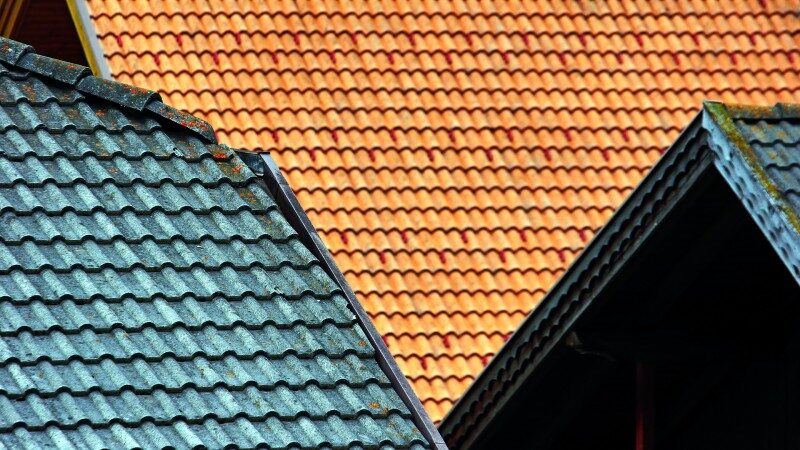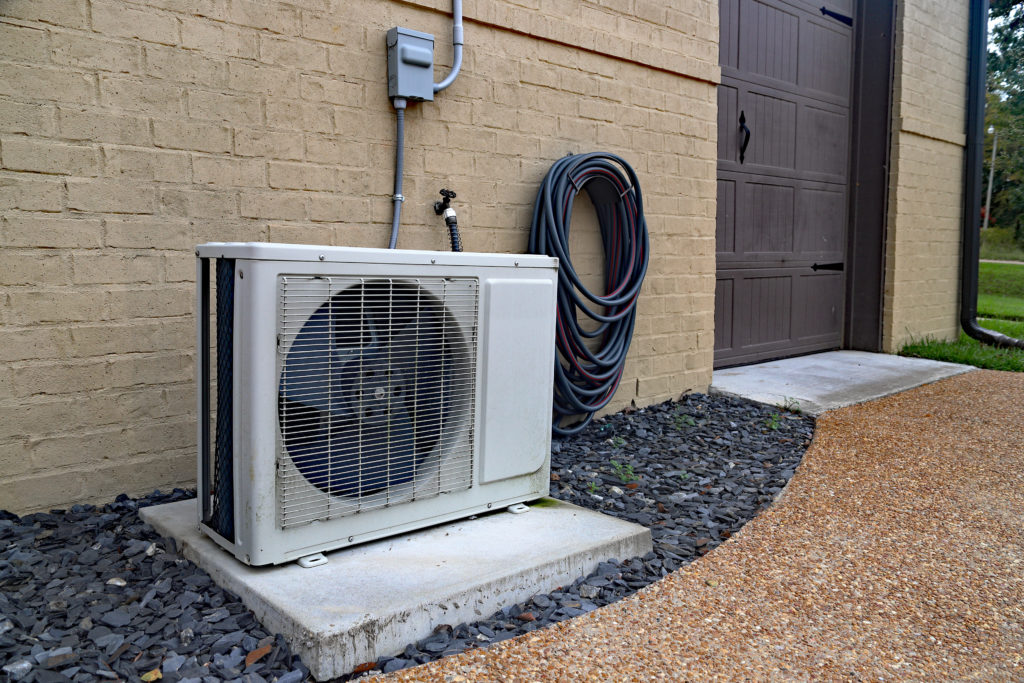Disclosure: This post may contain affiliate links, meaning we get a commission if you decide to make a purchase through our links, at no cost to you. Please read our disclosure for more info.
If you are wondering, “What is roofing felt and its constituent elements,” you’ve come to the right place. Understanding the roofing felt manufacturing process offers you a better picture of its importance. It also helps you make an informed decision.
In this guide, we look at the constituents of roofing felt and the different types available on the market. You’ll also learn the benefits of roofing felt.
That said, let’s get started!
In This Post:
What is Roofing Felt?
Roofing felt is an ancient roofing system that keeps flat roofs waterproof. Also known as roofing belt underlayment or roll roofing, roofing felt is a protection layer installed between the deck and the roofing shingles.
Roofing felt’s one side comes coated with a mineral to protect the felt from sunlight and weather damage. Besides, the roofing material is available in different sizes, though commonly sold in 1m x 10m rolls.
What is Roofing Felt Made of?
Most of the current roofing felt consists mainly of improved bitumen mixed with either fiberglass or polyester. However, Roof Master & Construction experts recommend the latter since it is tough to tear. It also copes well with the usual movement on flat roofs.
While the roofing felt can form a strong roof, it needs a final layer to safeguard it from the elements. Although extreme cold comes with a negative impact on felt roofing, direct sunlight proves its biggest enemy. It dries out the oils in the system, making it weak, and can cause heat expansion movement too.
You can lessen these hitches by adding a surface protection layer. Some of the different final protective coatings include lead flashings and labour-intensive solar reflective paint. However, a mineralized cap sheet gives you a striking maintenance-free finish.
5 Types of Roofing Felt
There are various types of roofing felt to consider in your roofing project. Multiple factors may influence your judgment, including whether you are installing the roof yourself and the size of your project. Some of the roofing felt includes the following.
1. Torch-on Felt
Torch-on felt is a hard-wearing substitute to other types of roofing felt. It is commonly applied on garage and extension roofs. The torch-on felt sees three layers of bitumen felt melt-welded onto the top with a blow torch, creating a waterproof seal.
As the name suggests, torch-on felt requires a gas torch during the application process. Also, you can combine the gas torch with an underlay or lie in a single layer. Despite being an expensive option, torch-on felt offers a long-lasting finish.
2. Fibre-based Felt
You can use less-costly fibre-based felt on garden sheds and wooden outbuildings. This type of roofing felt can also work as a single option or combined with an underlay sheet. It’s also vital to use roofing nails or roofing felt adhesive to attach the fibre-based felt.
3. Polyester Felt
Polyester felt works best in garages and extensions. The roofing felt option requires handling and fixing like a fibre roofing felt using one layer of underlay and hot bitumen or cold adhesive.
4. Glass Fiber Felt
Though commonly used on extensions and garages, glass fibre works better on garden sheds. The roofing felt is expensive but lasts longer than the cheaper options.
It would help if you combined the glass fibre felt with either one or two layers of underlays. However, you may require to add a third layer when using it for roofing an extension of your home. It is applied using either cold felt adhesive or hot bitumen.
5. Self-adhesive Felt
Self-adhesive felt is an ideal option for a DIY project. It permits the roof covering to get laid without the need for naked flames. If you are planning to install the roofing felt by yourself, then this is your solid choice.
The roof felt self-bond to the substrate once the release film gets peeled off the bottom. That makes it an ideal covering for small projects such as porches, flat roofs, and garages. In addition, the roofing solution is tough, durable, and cost-effective.
Reasons Why You Should Use Roofing Felt
Adding a protection layer between your structural roof decking and your roof shingles helps create a gorgeous and durable roof. Among the reasons why you should use roofing felt include the following.
1. Provides Additional Protection Against Weather
Shingles act as your roof’s first line of defense against elements. However, having a backup layer of weather protection beneath helps prolong the life of your roof. If a significant weather incident breaks your shingles loose, the roofing felt safeguards your woodwork against rain until you replace the shingles.
2. Improves Look and Uniformity
Sometimes roof decks fail to lie perfectly straight or flat. Using roofing felt gives an even, uniform surface upon which you can install your shingles. Also, it can help thwart the picture framing effect or the pattern of your wood decking via your shingles by offering an added layer on top of uneven wood.
3. Prevents Wood Resin Stains
When you use particular types of wood to build your roof, there is sometimes a risk the timber will leach a small amount of resin over time as it ages. Therefore, having a layer of roof felt blocks the resin, stopping it from staining or compromising your roof shingle.
4. Durability
A good roof stands the test of time, whether experiencing high levels of foot traffic or very little. Roofing felt is a durable option that holds up well to UV rays and extreme heat during hot seasons of the year.
Provides Backup Protection Against Ice or Water Damage
Ice or snow dams are common causes of residential water damage. Sometimes the heat from your house melts snow or ice on your roof. As a result, the water is likely to leak into your roof’s corners and openings and eventually into your home, causing damage to ceilings, walls, or insulation.
The most significant protection against ice and snow dams is a protection membrane seal around the shanks of the roof clasps for a leak-resistant fit. Also, roofing felt offers extra protection against leakages, hence offering an extra layer of water resistance.
Final Words
The first thing to consider when opting for roofing felt is the directions on your final roofing material. Also, once you understand what roofing felt is made of, always hire a professional roofing contractor who guarantees you the best work worth your money.




